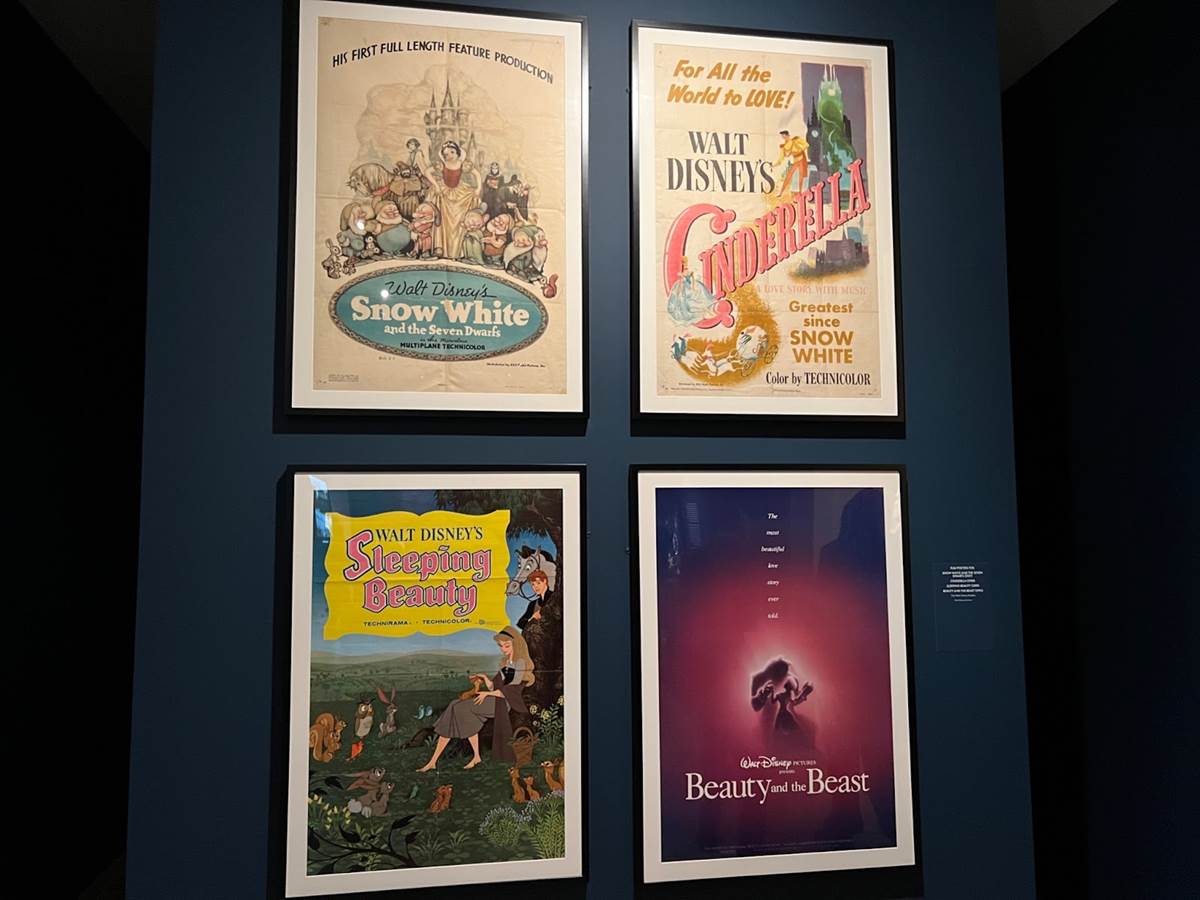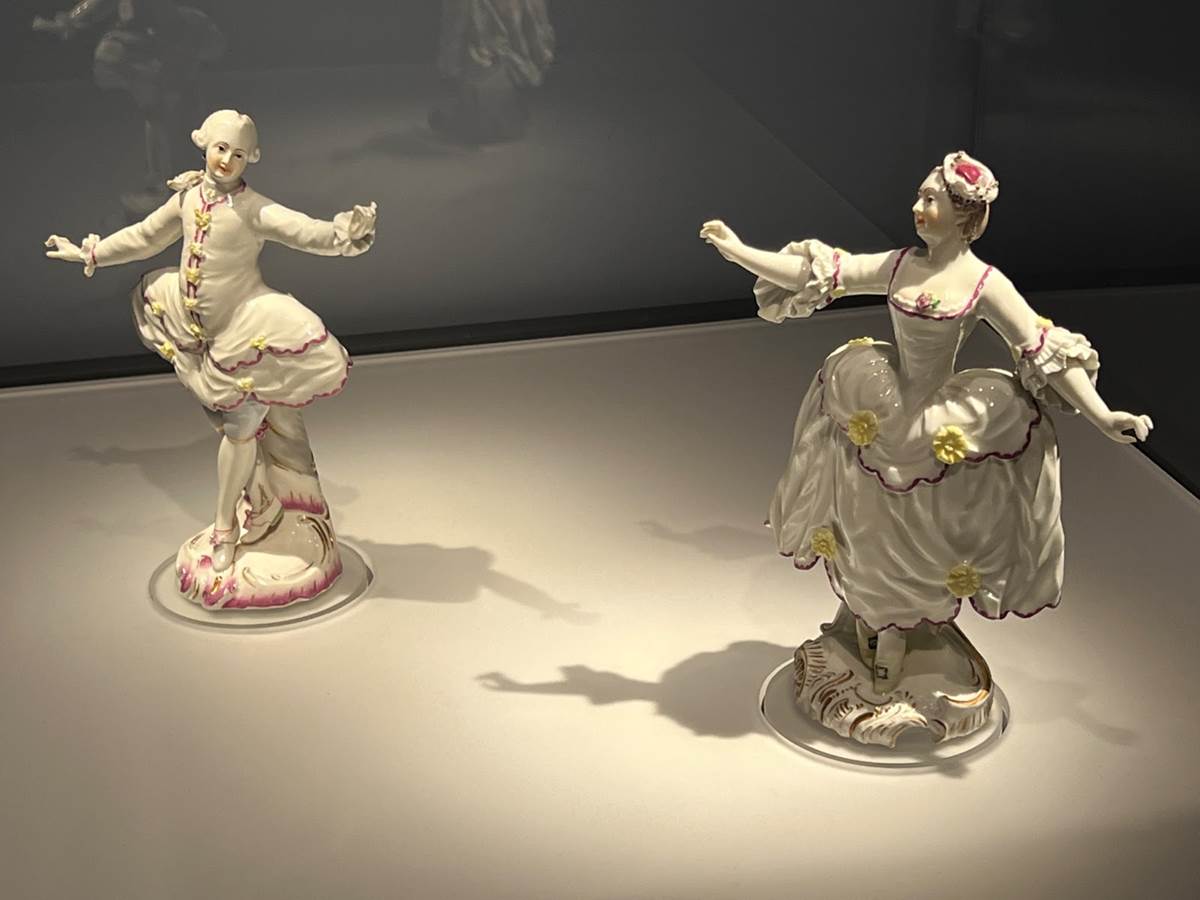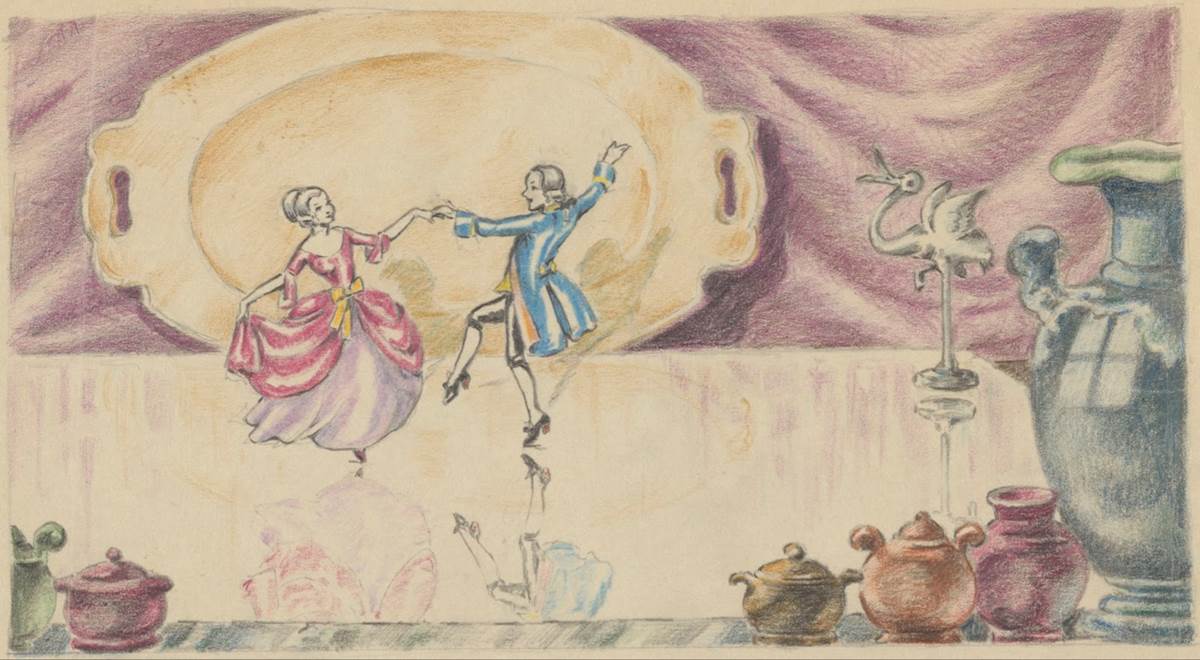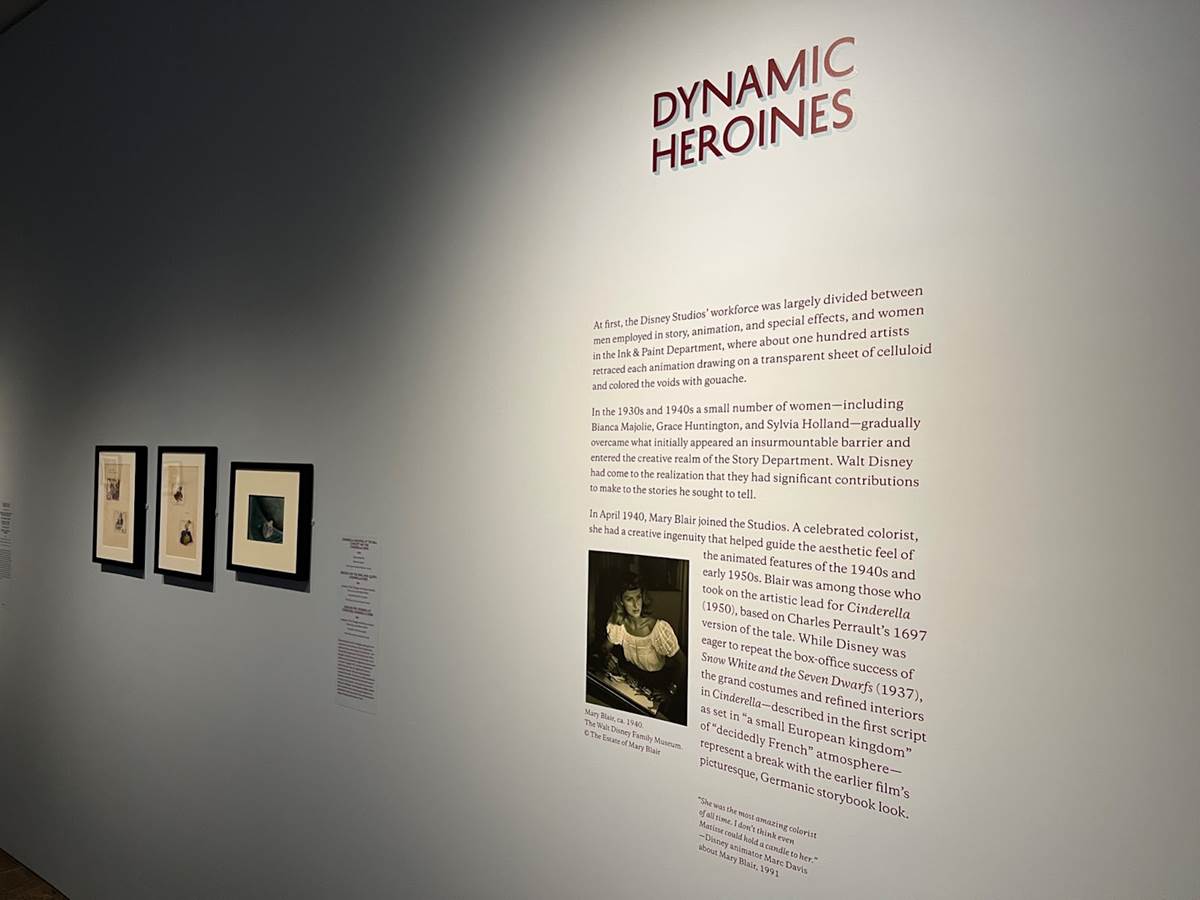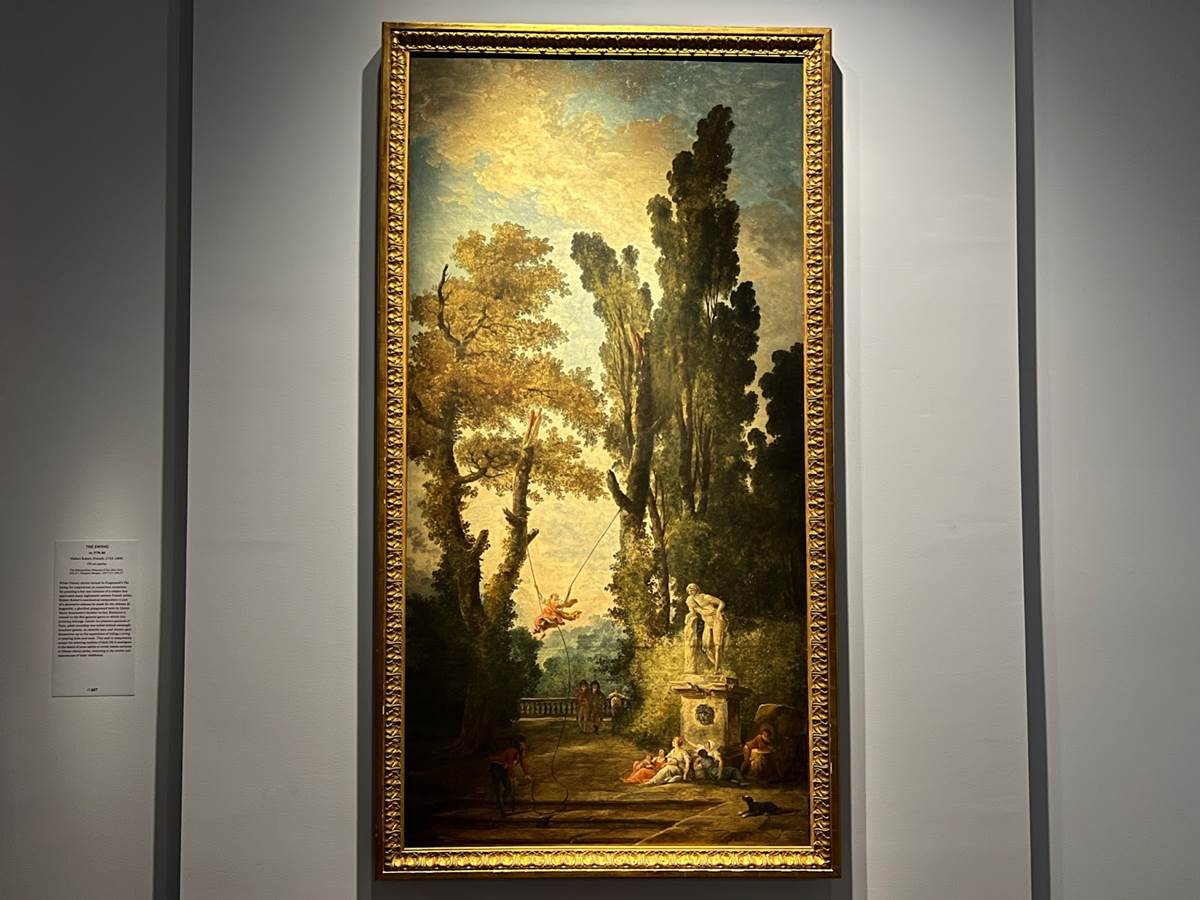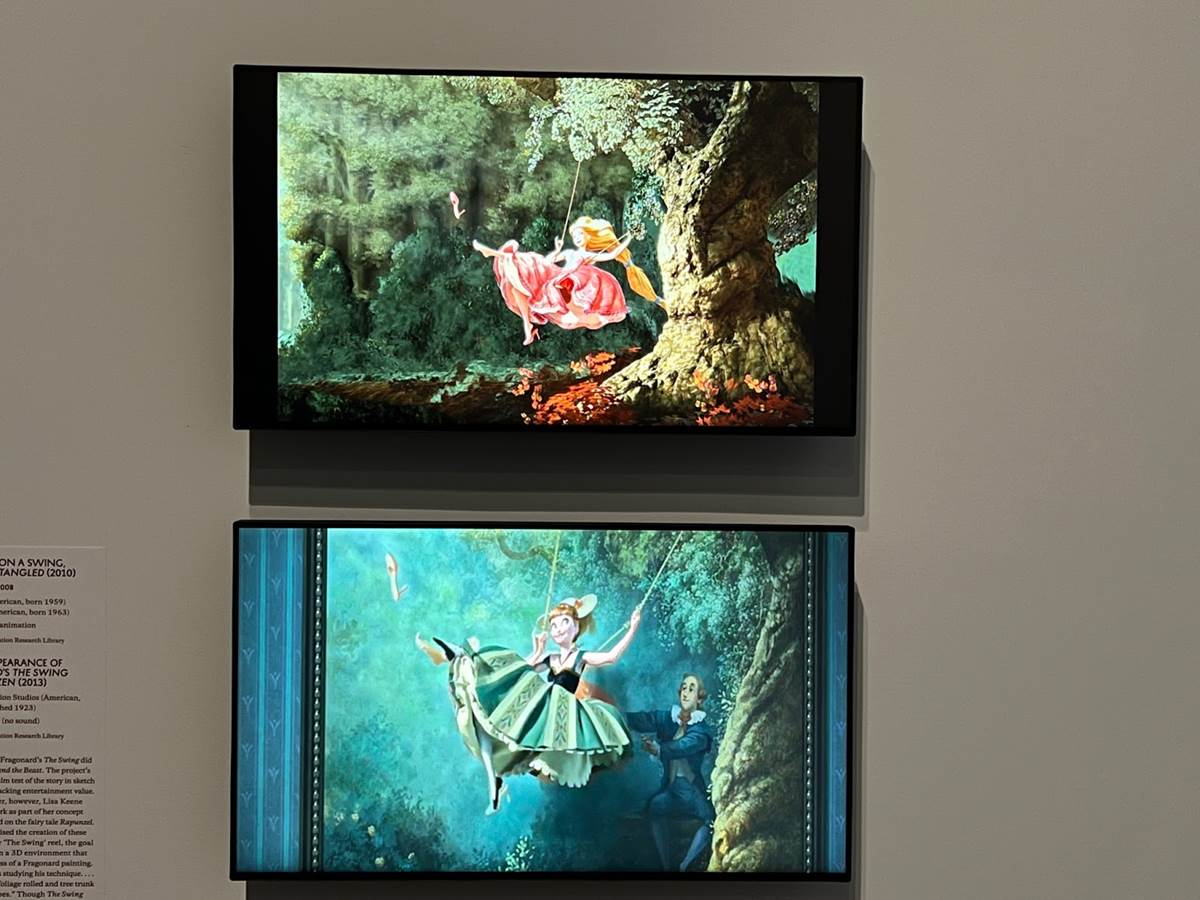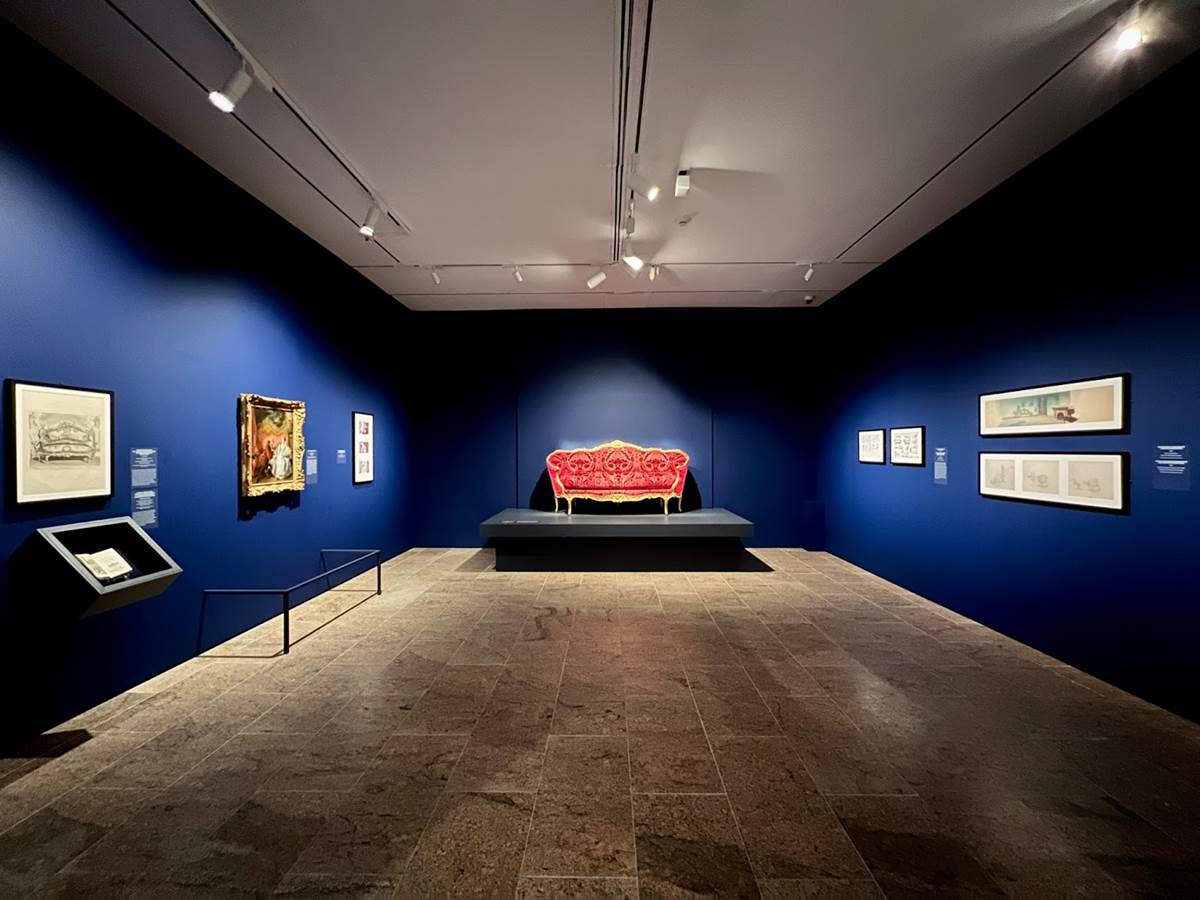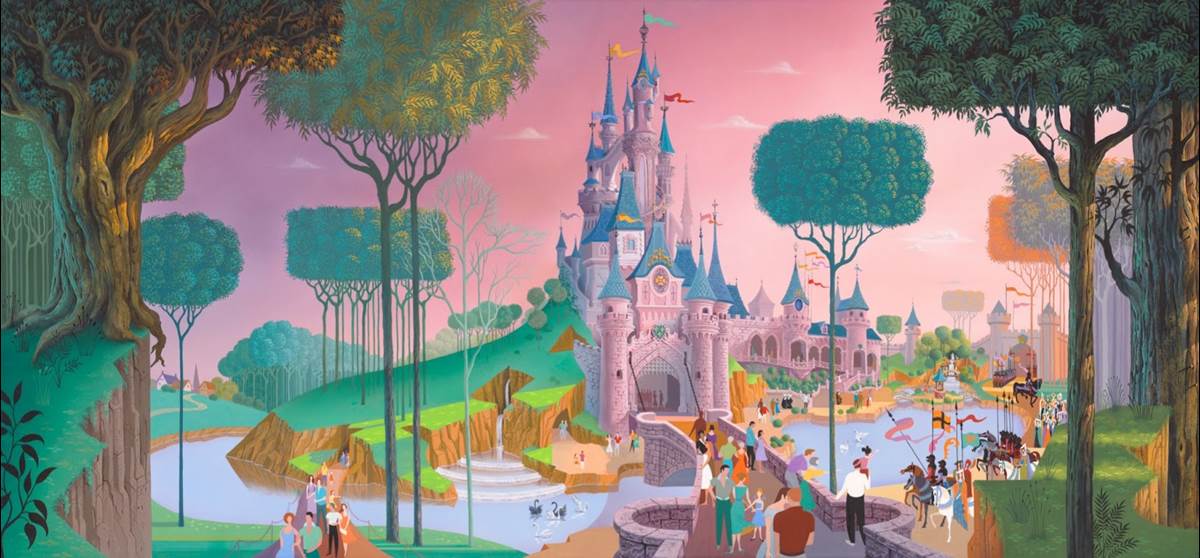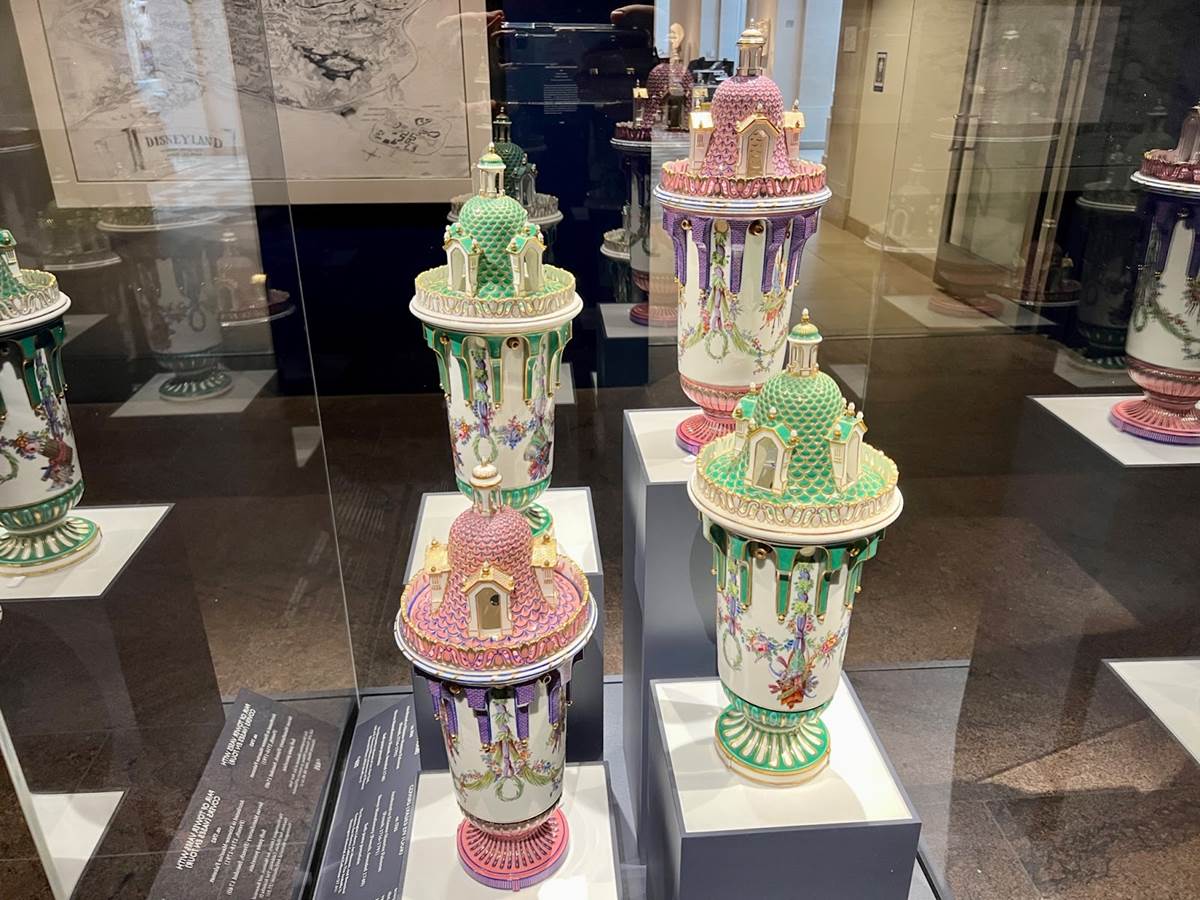Previewing “Inspiring Walt Disney: The Animation of French Decorative Arts” at the Metropolitan Museum of the Art
When you think of art The Met — the Metropolitan Museum of the Art, more formally — in New York has to be one of the first places that jump to your mind. And when you think of influential artists of the 20th Century, Walt Disney and his artists should also be at the top of that list. Yet, surprisingly, the Inspiring Walt Disney: The Animation of French Decorative Arts is the first time the two have met. This new exhibit, opening December 10th will draw new parallels between the magical creations of the Disney Studios and their artistic models, examining Walt Disney’s personal fascination with European art and the use of French motifs in Disney films and theme parks.
While the exhibit mostly focuses on Disney Classics such as Snow White and the Seven Dwarfs (1937), Cinderella (1950), Sleeping Beauty (1959), and Beauty and the Beast (1991) one of my favorite parallels is one of the first pieces you see in the Animating the Inanimate Gallery and focuses on two porcelain figures and a pair of early Disney shorts.
The Clock Store (1931) and The China Shop (1934) reveal what might happen after the shopkeeper leaves for the night: objects come to life. Both shorts feature dancing porcelain couples that were popular in the eighteenth century, much like the ones featured above. The invention of European hard-paste porcelain at Meissen, Germany, in 1709, had been an important milestone in the development of the style known as the Rococo. Combining sinuous curves and asymmetry with pastel colors and playful ornaments, it offered a fresh and witty response to the heavy language of its predecessor, the Baroque. As you will see in the artwork from The China Shop below, long before Woody and Buzz came to life in Andy’s room the early Disney artists were bringing art to life in a spectacular way.
This exhibit has so many pieces on display, but also dares to ask “It’s Disney, but is it art?” When Snow White and the Seven Dwarfs was released in 1937 that very question was posed by the New York Times Magazine about Walt Disney. The interview reveals just how difficult it is to place Disney, whose ambitions fell outside the traditional categories of the fine arts. Some of his employees described him as a “one man Renaissance” and his work was admired by academic heavyweights such as Erwin Panofsky, the doyen of Euro-American art history. At the same time, the filmmaker claimed not to know anything about art. The interviewer conceded with a wink: “No, Disney doesn’t know anything about art. Today, he is probably the world’s greatest single employer of artists: there are 600 of them on his payroll.”
One of the biggest surprises for me in the exhibit was the Dynamic Heroines gallery. Talking about Bianca Majolie, Grace Huntington, and Sylvia Holland who in the 1930’s and 40’s gradually overcame what initially appeared an insurmountable barrier and entered the creative realm of the Story Department. But when it comes to names that really broke down the walls at the Disney Studios, Mary Blair is of course at the forefront of the charge. As the artistic lead on Cinderella she took the short description of “a small European kingdom” in the first script and defined the way a “Disney Kingdom” was seen for generations.
Above all the other displays for me the “DISNEY RENAISSANCE, DISNEY ROCOCO” gallery held the most eye opening comparison between classic art and Disney art. Jean Honoré Fragonard’s The Swing, a picture evoking both motion and emotions, was on display just feet away from displays of concept art for Rapunzel (2010) and the classic scene from Frozen (2013) that featured how it inspired the contemporary Disney film makers.
Throughout the rest of the gallerys we learn how the Tale of a Sofa influenced the addition of turning the servants of Beauty and the Beast into household items with the idea of humanizing an inanimate artifact, or anthropomorphism, which held a prominent position in French literature.
The exhibit concludes with a look at the “Architecture of Imagination” and “The Pursuit of Happiness” and how something as simple as an elegant pair of tower vases could go on to inspire the Castles in the Disney Parks from around the world.
For a more detailed tour of Inspiring Walt Disney: The Animation of French Decorative Arts, including an address from Wolf Burchard, the exhibition’s curator please enjoy the video below, but nothing tops seeing it in person so make sure to head to The Met to see this true masterpiece before it moves to London in Spring of 2022. You can also shop items from the exhibit online.




